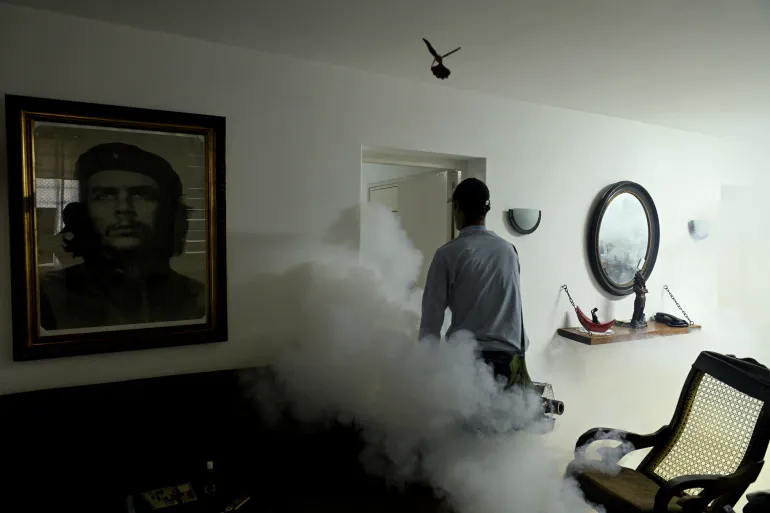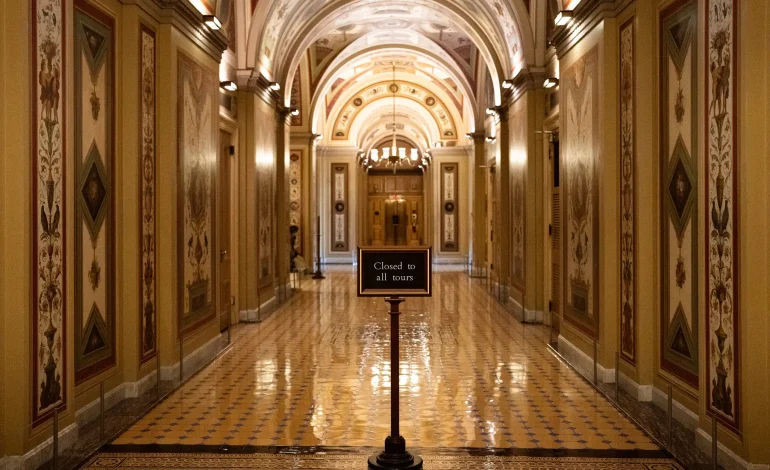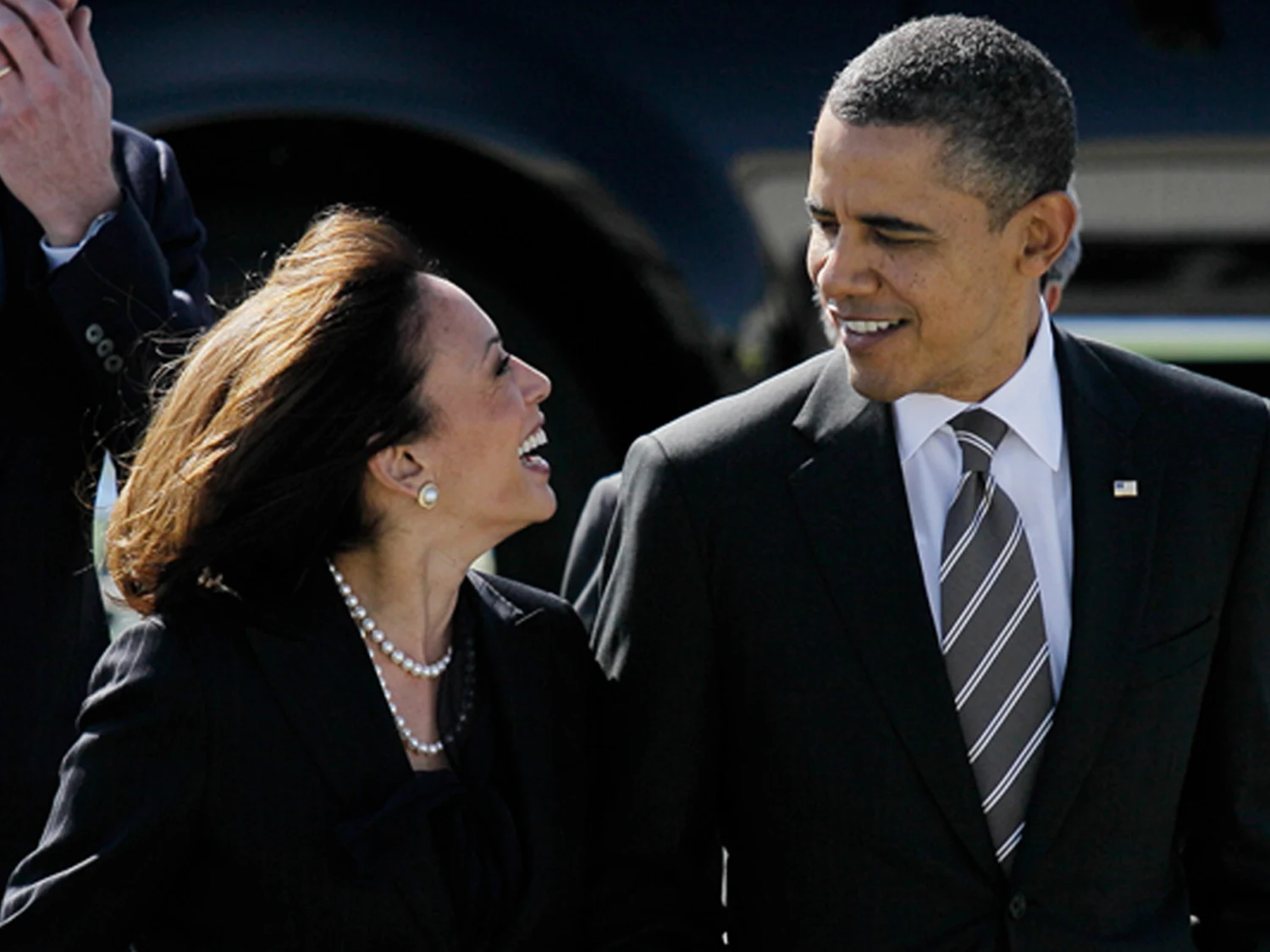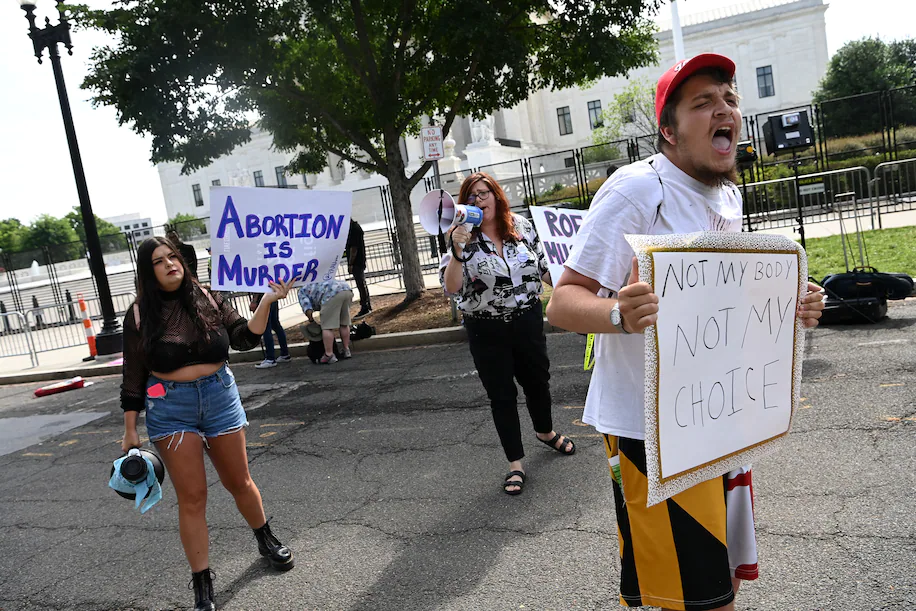President Donald Trump is pitching the government shutdown as a political opening, saying Democrats have handed him an “unprecedented opportunity” to slash parts of the federal bureaucracy he derides as “Democrat Agencies.” The message landed as his White House froze roughly $18 billion slated for New York City infrastructure and canceled about $8 billion in climate-related projects in Democratic-leaning states.
Trump said he’ll huddle with Office of Management and Budget Director Russell Vought — whom he hailed as “he of Project 2025 fame” — to draw up targets and decide “whether or not those cuts will be temporary or permanent.” The moves, telegraphed in administration memos ahead of the shutdown, go beyond routine belt-tightening: agencies were told to prep for mass firings if the stalemate drags on, a step the White House frames as tough but necessary — and critics call punitive.
The administration’s freeze hits two high-profile New York projects, a not-so-subtle shot at Democratic leaders Chuck Schumer and Hakeem Jeffries. Energy-related cancellations stretch across multiple blue states, with the White House saying the awards failed economic and policy tests. Vought, the OMB chief, has publicly previewed more clawbacks, aligning them with the administration’s broader drive to shrink programs tied to climate, health, housing, and education.
Trump and top aides argue Democrats triggered the shutdown and now must live with the consequences. The political message is blunt: maximize pressure by targeting programs identified with Democratic priorities, while daring Senate Democrats to accept a GOP funding patch without add-ons. Democrats, meanwhile, are holding out for health-care concessions — chiefly extending expiring Affordable Care Act subsidies and reversing recent Medicaid cuts — before agreeing to reopen the government.
Behind the politics are real people without paychecks. Hundreds of thousands are furloughed; many deemed essential—from troops to TSA officers — are working without pay. Union leaders report members scrambling for side gigs or loans to cover basics. Past shutdowns typically ended with back pay, but that still requires Congress to act. This time, the specter of permanent layoffs looms larger, with the press secretary warning cuts could be “in the thousands.”
House and Senate Republicans are mostly backing the hard line, though some have privately bristled at the optics of freezing home-state projects and threatening mass firings. Speaker Mike Johnson says there’s “nothing to negotiate,” while Democrats counter they won’t green-light a stopgap that ignores health-care costs set to spike if subsidies lapse. Both sides insist voters will blame the other — and both cite polls to prove it.
Whether Trump and Vought move from threats to actual reductions-in-force will signal how far the White House is willing to push during a shutdown. Legal challenges over canceled awards are all but certain. And if pain mounts for swing-state constituencies — farmers shut out of local USDA offices, patients losing access to programs, commuters watching big projects stall — the politics could shift. For now, the president is leaning into the moment, openly celebrating the leverage a shutdown gives him to cut — and to make some of those cuts stick.
With input from CNBC, NBC News, the New York Times, Politico, and the Washington Post.










The latest news in your social feeds
Subscribe to our social media platforms to stay tuned